Challenge
The most effective insulation materials are based on fumed silica. When combined with other materials, such as silicon carbide (which blocks infrared radiation) and glass fibres for reinforcement, panels can be fabricated and sealed into a vacuum-tight envelope, achieving a thermal conductivity of just 0.004 W/m·K. With a thickness of only 20 mm, the equivalent U-value of a conventional insulation panel with a thickness of 200 mm can be achieved. Could this insulation technique be used for highly efficient insulated glass panels?
Invention
Fumed silica is translucent, as is silicon itself. Therefore, a highly effective, light-diffusing RES-Insulated Glass Panel can be manufactured with fumed silica as an infill between two glass plates, simply by omitting silicon carbide. A vacuum-tight edge compound is necessary to achieve the same insulation quality as a non-transparent vacuum insulation panel (VIP). The fumed silica, together with a glass fibre reinforcement, acts as a stiff supporting structure between the glass plates.
Advantages
- Provision of a highly efficient insulated glass panels
- Provision of a daylight system that does not require additional sun protection
Applications
- A translucent insulation panel for use in the building envelope
